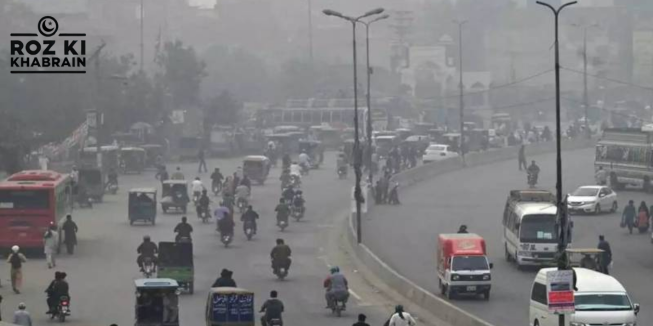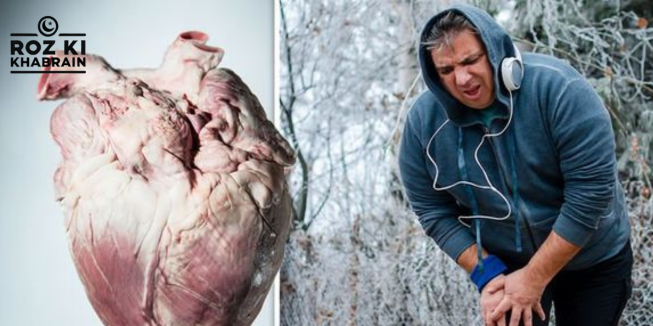ISLAMABAD: The National Institute of Health (NIH) has dismissed reports claiming a rise in COVID-19 cases in Pakistan, assuring that the situation is under control.
In an exclusive interview with ARY News, Dr. Mumtaz Khan, Head of the Center for Disease Control at NIH, clarified that there is no evidence of a significant increase in COVID-19 cases.
Dr. Khan explained that the symptoms of COVID-19, influenza, and seasonal flu are similar, which may have led to confusion among the public.
He reassured citizens not to panic, emphasizing that the situation is being closely monitored. Dr. Khan also pointed out that an increase in respiratory illnesses during the winter months is typical, with cases of influenza and H1N1 being more common during this time.
To stay vigilant, the NIH has strengthened surveillance measures across the country. Dr. Khan further mentioned that they have provided a formal response to the National Assembly regarding the status of COVID-19, influenza, and H1N1 cases.
Earlier, reports indicated a rise in COVID-19 cases in Karachi, with 25 to 30 percent of patients presenting with cold and cough symptoms testing positive for the virus.
Professor Saeed Khan, an infectious disease expert at Dow Hospital, noted that there has been an increase in patients experiencing cold, cough, and fever in the city. After testing, 25 to 30 percent of these patients were confirmed to have COVID-19.
Professor Khan also mentioned that 10 to 12 percent of patients have been diagnosed with Influenza H1N1, and 5 to 10 percent of children are exhibiting signs of respiratory infections.
He explained that due to the similarity in symptoms between COVID-19, Influenza H1N1, and other winter viral infections, many patients may avoid getting tested, leading to underreporting of these illnesses.
At Dow Hospital, a significant number of patients with cold, cough, and fever symptoms have tested positive for COVID-19, and the hospital has reported an increase in cases with breathing difficulties and other respiratory issues.
The symptoms of these viral infections often overlap, with the loss of taste and smell being a distinguishing feature of COVID-19. The spread of these diseases is typical during the winter season, with poor ventilation contributing to the transmission of viruses.




